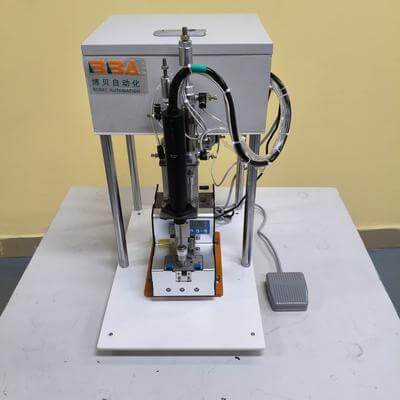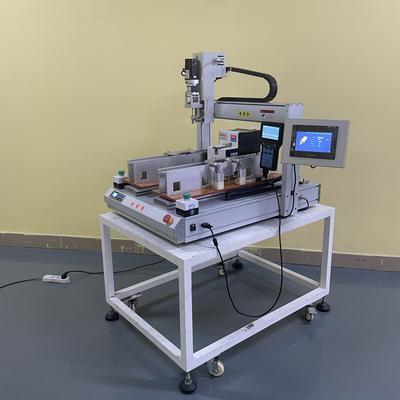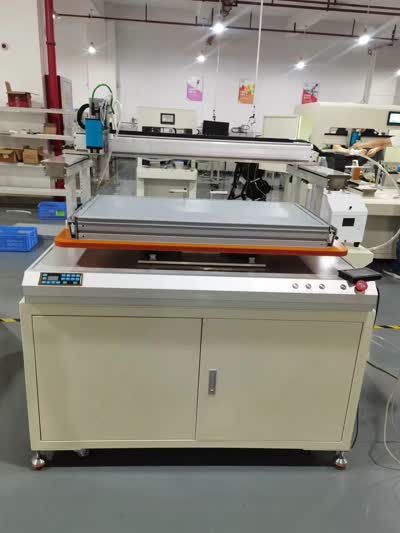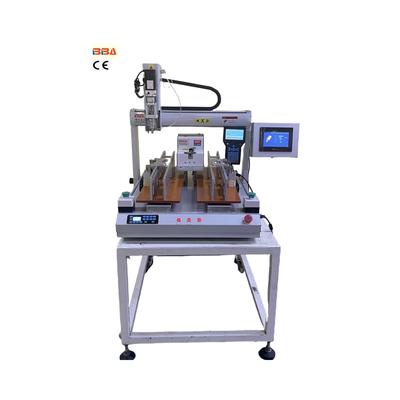Programming Screw Locking Robots for Different Products
In modern manufacturing, screw locking robots have revolutionized assembly lines by delivering precision, speed, and repeatability. However, the true power of these machines unfolds when seamlessly reprogrammed to handle diverse products. For industrial automation teams, mastering this adaptability is key to maximizing ROI and staying competitive.
Tailoring Automation to Product Specifications
Every product variation—whether a sleek smartphone or a rugged automotive part—demands unique screw locking parameters. Variables include material hardness, screw length (M2 micro-screws vs. M12 bolts), torque tolerances (±0.05~5 Nm), and accessibility angles. A robot programmed for rigid metal enclosures requires higher torque settings and rigid path planning, while delicate electronics need gentle force control and anti-static protocols.
Programming Workflow for Flexibility
Optimizing robot reprogramming involves four critical phases:
- Digital Twin Simulation: CAD models simulate torque paths and collision detection, reducing physical trial errors.
- Parameter Libraries: Cloud-stored profiles for screws, materials, and workflows enable instant recall for product changeovers.
- Adaptive Control Algorithms: Real-time pressure and angle adjustments compensate for part tolerances or thermal expansion.
- Vision Integration: Cameras auto-detect screw positions, eliminating manual fixturing for low-volume batches.
Boosting Efficiency Across Production Shifts
Quick transitions between products minimize downtime:
For instance: Switching from automotive dashboards to control panels takes minutes instead of hours. Pre-validated programs maintain 99.97% fastener consistency while reducing scrap rates by up to 40%. Operators use touchscreen HMIs to load recipes, eliminating specialized coding skills and preventing threaded fastener defects like cross-threading or stripping.
Future-Ready Scalability
As factories embrace mass customization, modular programming frameworks allow effortless onboarding of new product lines. API-enabled robots integrate with MES platforms for live torque analytics, predicting maintenance and optimizing cycle times. This scalability transforms screw locking stations from single-task units into multiproduct assembly hubs.
Investing in smart programming protocols elevates screw locking robots beyond fixed automation. By mastering reprogrammability, manufacturers unlock unmatched agility—ensuring every product, whether prototype or high-volume variant, meets quality standards at peak efficiency.



